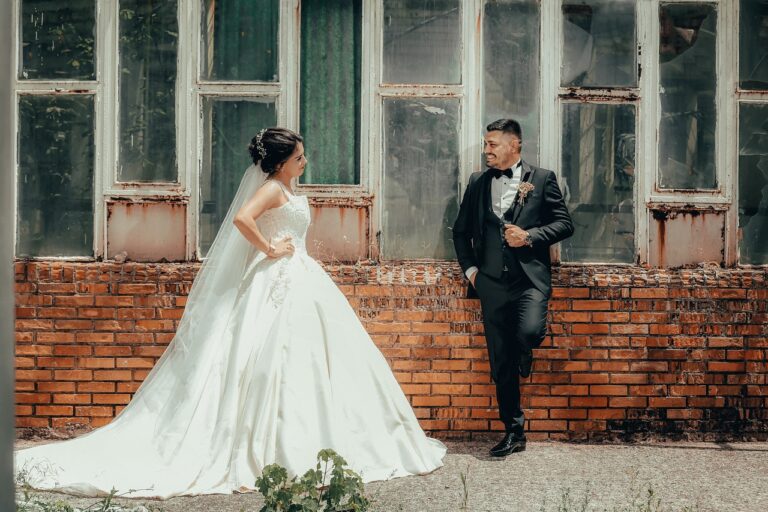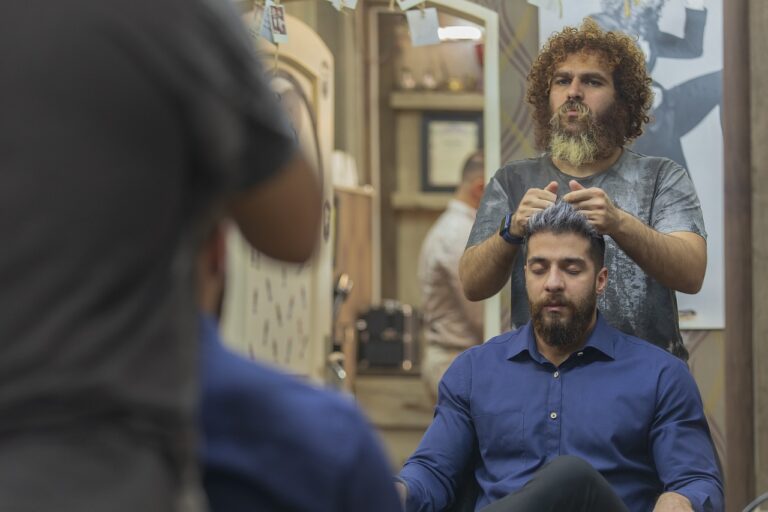The Role of Fashion in Cultural Identity: Celebrating Diversity on the Runway
Fashion has long served as a reflection of cultural identity across different societies and time periods. From the intricate embroidery of traditional garments in Asian cultures to the bold patterns of African textiles, clothing has played a significant role in expressing the beliefs, values, and heritage of a community. Throughout history, fashion has been a means of preserving and showcasing cultural traditions, allowing individuals to connect with their roots and celebrate their unique identity through what they wear.
The evolution of fashion has been closely intertwined with the history of different civilizations, influencing the styles and designs that have emerged over the centuries. As societies interacted through trade and exploration, elements of different cultures were incorporated into fashion, leading to the creation of unique and diverse styles. This cultural exchange not only enriched the world of fashion but also fostered a greater understanding and appreciation of the traditions and customs of various communities.
Influence of Cultural Traditions on Fashion
Cultural traditions play a significant role in shaping the fashion industry, influencing designs, styles, and trends around the world. From traditional garments to artisanal techniques, various cultures have made a lasting impact on the way we perceive and appreciate fashion.
The intricate patterns of Chinese silk embroidery, the vibrant colors of African textiles, and the intricate beadwork of indigenous communities all showcase the rich diversity and heritage that cultural traditions bring to the fashion table. Fashion designers often draw inspiration from these traditions, incorporating elements of cultural significance into their collections to celebrate and honor the beauty and craftsmanship of different ethnicities and histories.
Representation of Diversity in Fashion Industry
The fashion industry has made strides in recent years towards better representing diversity. Fashion brands, designers, and influencers are increasingly embracing inclusivity and challenging traditional beauty standards. This shift is evident in the growing number of models from various ethnic backgrounds, body types, and gender identities walking the runways and starring in advertising campaigns.
Furthermore, the demand for diversity in fashion has led to more authentic and culturally sensitive collections. Designers are drawing inspiration from a wide range of cultural traditions, infusing their creations with unique elements that celebrate the richness of different heritages. This not only creates a more diverse and representative fashion landscape but also paves the way for meaningful cross-cultural exchanges within the industry.
• This shift towards diversity in fashion has also extended to the hiring practices behind the scenes. Fashion brands are increasingly prioritizing diversity and inclusion in their teams, ensuring that decision-makers reflect a variety of perspectives.
• In addition to ethnicity and body type, there is also a growing recognition of the need for greater representation of different abilities and ages within the fashion industry. Brands are starting to cast models with disabilities or older models in their campaigns, signaling a move towards more inclusive portrayals of beauty.
• Social media platforms have played a crucial role in amplifying diverse voices within the fashion industry. Influencers from marginalized communities have been able to use their platforms to challenge mainstream narratives and push for greater visibility for underrepresented groups.
• Despite these positive changes, there is still work to be done to ensure that diversity in fashion is not just a trend but becomes ingrained as a core value. Continued advocacy, education, and accountability are essential for maintaining progress towards a truly inclusive industry.
What is the history of fashion and cultural identity?
Fashion has always been closely tied to cultural identity, reflecting the values, beliefs, and traditions of different societies throughout history.
How do cultural traditions influence fashion?
Cultural traditions play a significant role in shaping fashion trends, as designers often draw inspiration from traditional clothing, patterns, and symbols from diverse cultures.
How is diversity represented in the fashion industry?
The fashion industry has made strides in recent years to improve representation of diversity, with more models, designers, and brands embracing a wider range of cultural backgrounds and body types.
Why is it important for the fashion industry to be inclusive and diverse?
Inclusivity and diversity in the fashion industry are important for promoting acceptance, celebrating individuality, and challenging stereotypes about beauty and style. It allows for greater creativity and innovation within the industry.







